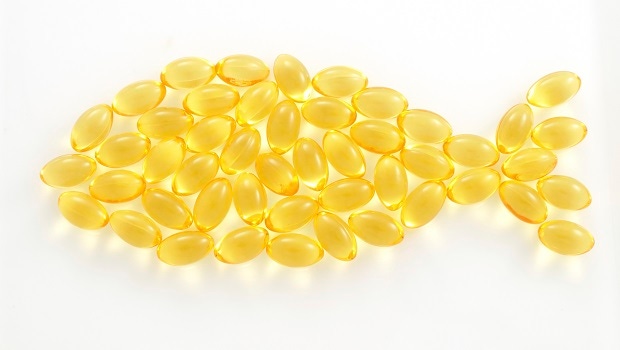Although the market for algal oil is in the early stages of developing large-scale cultivation, specific scientific research, product options and consumer interest all show algal omega-3s hold great promise.
March 11, 2015

Beyond dietary intake, the consumption of fish oil products was the go-to omega-3 source for many years. Alternatives such as krill and flaxseed oil entered the market, but left a void for vegetarians or those seeking long-chain omegas. Algal oil fills that void, providing eicosapentaenoic acid (EPA) or docosahexaenoic acid (DHA), depending on the source. Although the market is in the early stages of developing large-scale cultivation, specific scientific research, product options and consumer interest all show algal omega-3s hold great promise.
According to Christopher Shanahan, Frost & Sullivan’s global program manager for the Food and Agriculture Practice, the 2014 global market for microalgae based omega-3 oils was USD $375.5 million, corresponding to approximately 7,280 metric tons in unit shipment. Globally, the infant formula application represents the most important end application for microalgae omega-3 oils, followed by dietary supplements, food and beverage and animal feed.
Algal oil is an important and potentially disruptive feedstock within the omega-3 polyunsaturated fatty acid (PUFA) ingredients market, but it has yet to break through and dominate the market. The reason is simple—for total DHA and EPA content value—fish oil and vegetable feedstock remain more cost-effective compared with algae. To be more competitive, there have been signs of softening microalgae omega-3 prices, including a significant jump in microalgae production capacity capabilities across the world. However, absolute levels of microalgae oil production capacity are still not sufficient to address the growing demand because of several key technology and business challenges.
Most EPA and DHA for human consumption is sourced from small fatty fish caught in coastal waters. Concerns about depleting these global fish stocks have led research toward more sustainable sources, which includes marine microalgae. In Current Opinion in Biotechnology, Adarme-Vega et al. said, “Large-scale cultivation of microalgae and plants is likely to become a reality with expected reductions in production costs, yield increases and the adequate addressing of genetically modified food acceptance issues." Similarly, an article in the journal Marine Drugs indicated seafood sources of long-chain omega-3s are being “harvested beyond a sustainable capacity," stating it is “imperative to develop alternative omega-3 LCPUFAs sources for both EPA and DHA." Algae oil was identified as the ideal candidate.
Algae-derived oils are easy to grow on a large scale because of their small size. Leslie van der Meulen, general manager at BioProcess Algae, said, “Algal cultivation, like any other land-based crop, can be scaled and adjusted to market needs and customer demand. Dependent on the method of cultivation—autotrophic (sunlight and carbon dioxide) or heterotrophic (sugar)—volumes of product can be accurately produced year round and volatility-free."
Researchers observed lipid and protein byproducts during algal growth may be used as biodiesel and biomass for oil sources and animal feed, respectively. And because algae as a source of omega-3s is sustainable, there is no need to bother a fragile marine eco-system to obtain the fatty acids.
However, a potential limitation with algal oils is taste—although this is also a limitation with fish oil and krill. Algal oil has a distinct “ocean taste" that would require other strong-tasting foods to mask it. Of course, this would not be an issue if the algal oil was delivered as a softgel, capsule or tablet.
In sum, algal oil sources of EPA and DHA provide a viable vegetarian alternative to fish, krill and calamari oils. Unlike flaxseed, echium and walnut oils that are vegetarian but provide alpha-linolenic acid (ALA), algal oil provides EPA and/or DHA. This is important because ALA is not always efficiently converted to EPA and DHA. Furthermore, algal oil has the advantage of sustainability and absence of environmental contaminants, while maintaining excellent bioavailability and clinical efficacy.
For more information, check out omega3insights.com. Also be sure to attend the Trends in Omega-3s presentation on Wednesday, April 8, during Ingredient Marketplace.
You May Also Like




.png?width=800&auto=webp&quality=80&disable=upscale)